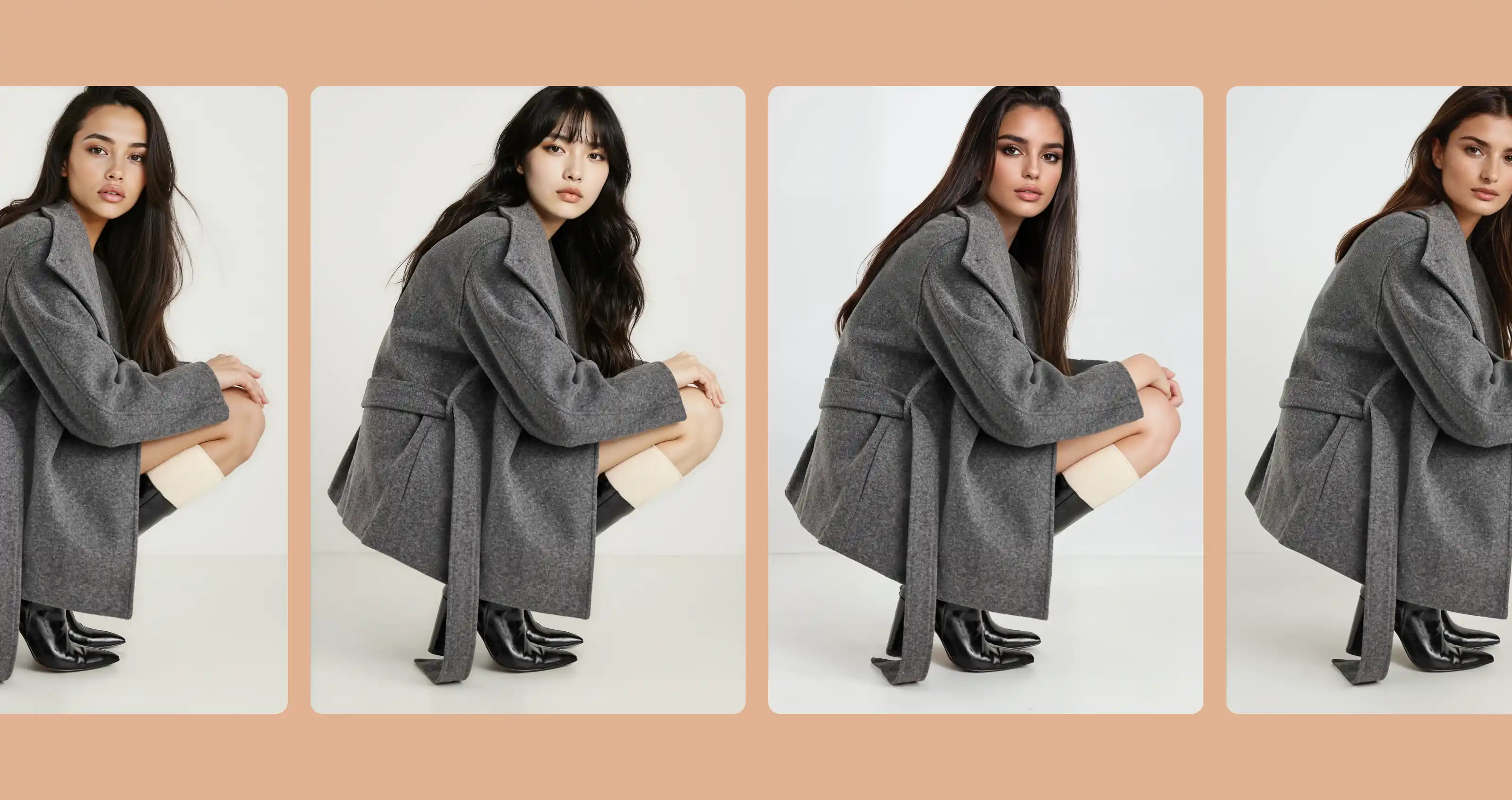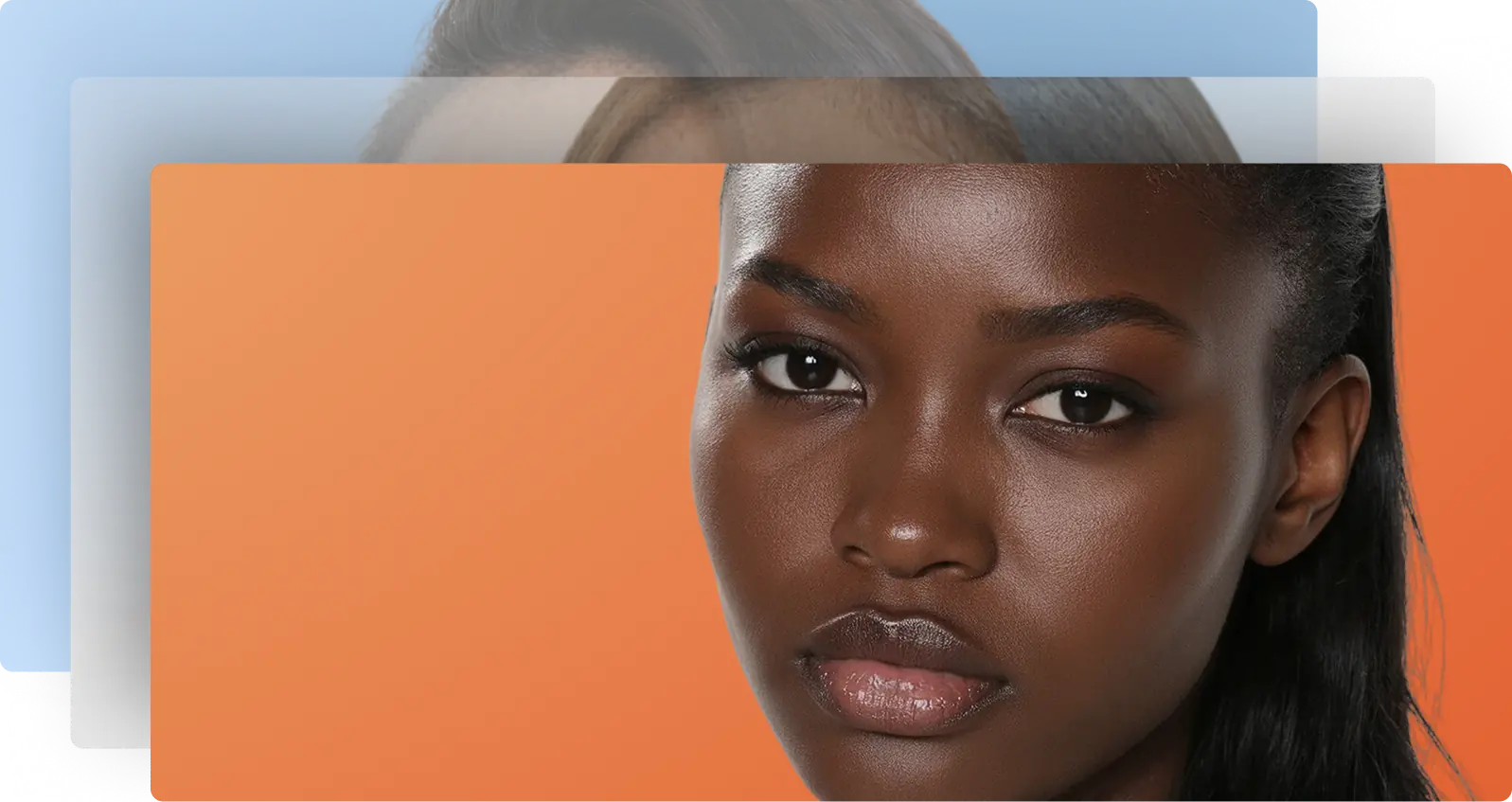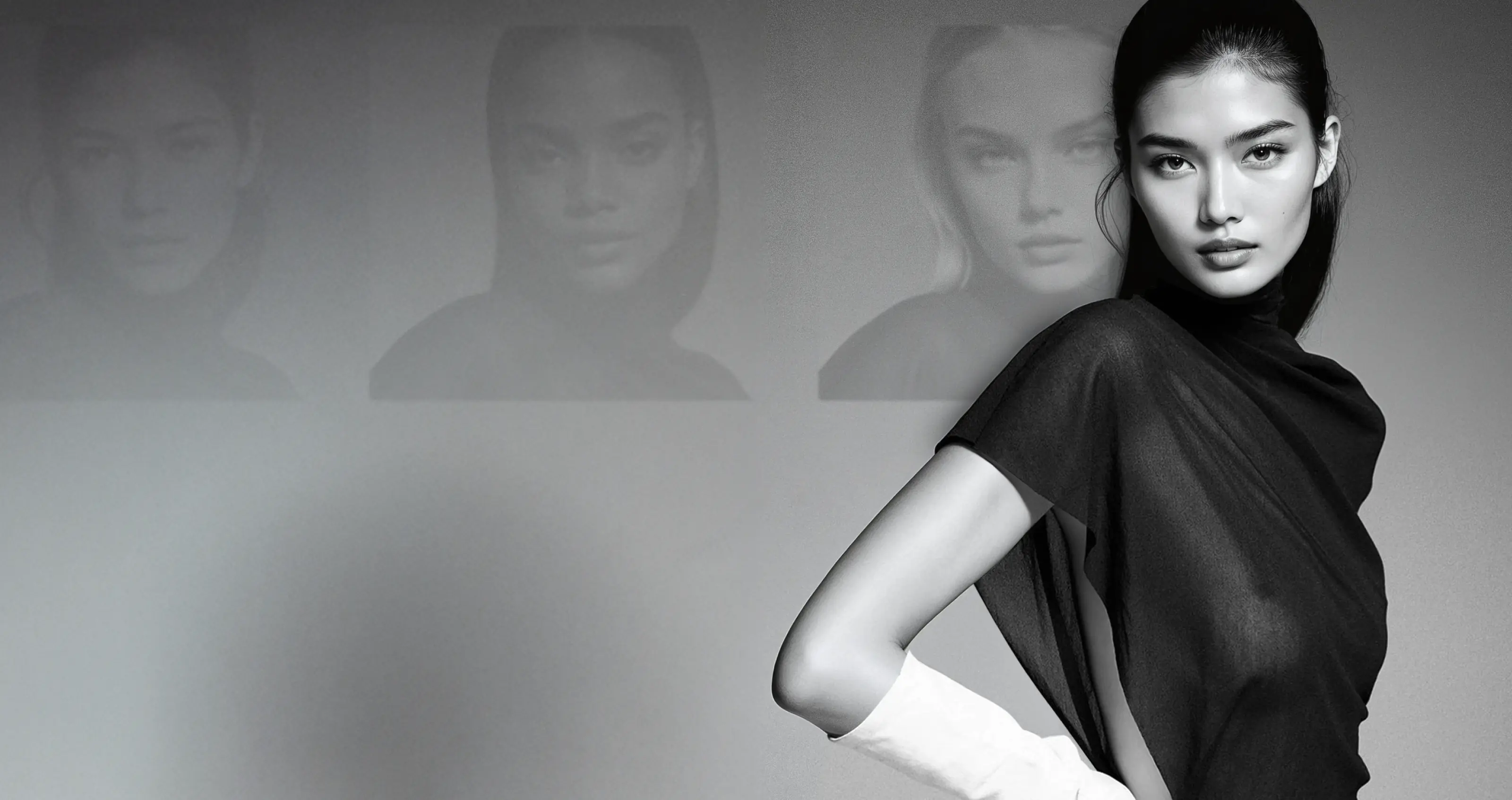Emerging Fashion Markets: Where Global Brands Should Play

Emerging fashion markets are no longer side stories in the global industry; they're the main stage. These markets are reshaping how brands design, price and tell stories, testing how adaptable and localized your brand can truly be.
If 2025 proved anything, it’s that growth isn’t coming from traditional fashion capitals like New York, Paris, or Milan. The fastest-moving markets are Mumbai, Mexico City, and Dubai. These regions combine scale, cultural richness, and digital-savvy consumers, creating unprecedented opportunities for brands willing to meet them where they are.
Because here’s the truth: “global” no longer means one-size-fits-all. The brands that thrive in emerging fashion markets are the ones that act local, everywhere they go.
Why these markets are the next big growth engine
Middle-class expansion, widespread smartphone adoption and social media penetration have converged across emerging regions. Consider:
- India
eCommerce is projected to surpass $200 billion by 2026. - LATAM
Online retail is growing twice as fast as North America’s. - Middle East
Once a luxury-only territory, now embracing contemporary, digital-first brands.
What sets these regions apart isn’t just numbers — it’s energy. Young, digital-native consumers are confident, creative, and eager to experiment. They’re merging global fashion trends with cultural pride, seeking brands that understand their humor, payment habits, and lifestyle.
And they’re not just shopping they are creating. Platforms like TikTok, Instagram, Moj, Kuaishou and Kwai have turned consumers into stylists, resellers and influencers, shaping trends and spreading them rapidly.
Quick wins:
- Track local trends on emerging-market social platforms. Early insights inform campaigns that resonate with regional audiences.
Regional strategies for emerging fashion markets
Different emerging fashion markets each have their own culture, consumer behaviors, and digital habits. Understanding these regional nuances is key to localizing campaigns, building trust, and driving growth.
1. India: Heritage meets digital innovation
India is a fashion cultural melting pot, influencing global aesthetics rather than just following them. Urban youth are blending traditional craftsmanship with streetwear, limited digital drops and influencer-led campaigns.
Brands like NewMe, Jaywalking and Huemn are showing international players what resonates locally. Also, brands like H&M and Zara have localized pricing and edits, while digital-native players like Nykaa Fashion and Myntra are leveraging marketplace ecosystems for rapid growth.
To succeed here, brands must understand context:
- Affordable aspirational fashion wins — not cheap, but value-packed.
- Regional languages and holidays matter for marketing calendars.
- Mobile-first shopping dominates, often skipping desktop entirely.
- Payment flexibility like UPI or “Pay Later” builds trust.

Quick win:
- Localize campaigns with regional languages such as Hindi, Tamil, or Bengali. Even small adaptations increase engagement and brand connection.
2. LATAM: The social commerce hub
LATAM is one of the world’s most social regions, where WhatsApp and Instagram function as storefronts. Fashion discovery often happens in DMs, group chats and local marketplaces, making community-building essential.
Here, peer influence drives purchasing decisions. Micro-influencers often outperform global celebrities because of trust and relatability. The key to success is localization and relationship-building: adapting tone, humor, and content to feel authentic.

Quick win:
- Partner with 3–5 micro-influencers in your niche. Allow them creative freedom to produce content that resonates organically.
3. Middle East: Luxury meets digital
The Middle East blends tradition and modernity, making it a unique fashion landscape. Modest fashion is booming, and consumers expect digital-first experiences.
Influencers like Karen Wazen and Noor Stars are setting cultural and style benchmarks, reshaping how luxury and contemporary brands engage audiences. Smart brands are embracing:
- Hyper-local collaborations (capsule collections with Gulf-based designers)
- AI-powered personalization for marketing and product recommendations
- Digital-first engagement, from Instagram campaigns to livestream shopping

Quick win:
- Launch culturally aligned campaigns around holidays. Collaborate with local creators to make the content authentic.
4. Southeast Asia: Digital first experimentation
Southeast Asia — especially Indonesia, Thailand and Vietnam — is a digital-first fashion laboratory. eCommerce adoption has skyrocketed post-pandemic, and livestream shopping has become a cultural norm. Platforms like Shopee Live and TikTok Shop blend entertainment and commerce seamlessly.
Brands entering this region should test and iterate quickly: product lines, price points and campaign formats can be evaluated in real time before wider deployment.

Quick win:
- Test TikTok Shop campaigns in Indonesia or Vietnam to gain insights for global strategies.
The localization playbook for emerging fashion markets
Expanding into emerging fashion markets isn’t about copying your global strategy. It’s about adapting your brand DNA to local preferences, behaviors, and cultural nuances.
1. Local voices, global vision
Collaborate with creators who understand local humor, slang and style, and empower them to interpret your brand in culturally relevant ways.
2. Culture-led storytelling
Root campaigns in festivals, holidays and social moments; from Diwali to Día de los Muertos. Authenticity resonates more than generic “global” messaging.
3. Platform fluidity
Different markets favor different platforms:
- WhatsApp dominates LATAM for conversation-led discovery
- Instagram drives engagement in MENA
- TikTok leads in India
Design content natively for each platform rather than cross-posting.
4. Payment flexibility
Offer local gateways: UPI in India, Pix in Brazil, Mada in Saudi Arabia. Payment convenience directly impacts conversion.
5. Regional fulfillment
Shoppers expect fast local delivery, so use micro-warehousing or partners who can handle rapid fulfillment across borders.
Using AI to amplify local strategies
AI isn’t a replacement for human insight, it’s an accelerator. Botika for example helps fashion companies scale campaigns and content for emerging markets:
- Localized content creation
Generate visuals or marketing materials reflecting local aesthetics. - Automated workflows
Launch campaigns across multiple regions efficiently. - AI insights
Identify micro-trends (e.g., color or fabric preferences) before they peak.
The most successful brands use AI to amplify local creativity, not flatten it.
Quick win:
- Test AI-generated visuals reflecting regional color palettes or styles and measure engagement differences.
<blogcta>
Quick wins for brands entering emerging fashion markets
Even if you’re just starting, these moves can have an immediate impact:
- Audit content for relevance
Ensure visuals, models, and messaging reflect local audiences. - Pilot a partnership
Work with one local influencer or retailer to test product-market fit. - Cultural campaigns
Run promotions tied to local holidays or festivals. - Multilingual support
Even small language adaptations build trust. - Leverage AI tools
Quickly scale content and test messaging.
Capitalizing on emerging fashion markets in the future
These markets aren’t just growth opportunities, they are innovation hubs. Brands that adapt will see early wins:
- Cross-border collaborations between local and international designers
- AI-driven personalization that considers geography as well as preferences
- Regionally tailored sustainability initiatives reflecting local realities
- Social commerce evolution, with live shopping and creator-led retail becoming the norm

The brands that thrive will be those that listen, localize, and move fast, creating experiences that feel native rather than imported.
Final Thoughts
Expanding into emerging fashion markets isn’t about going bigger; it’s about going deeper.
It’s about understanding culture, payment habits, platform preferences and social behavior. Brands that combine insight, adaptability and authenticity won’t just enter these markets, they’ll belong in them.
The next billion fashion consumers aren’t waiting for global campaigns to speak at them. They’re waiting for brands to converse with them, in a way that feels authentic, inclusive and tailored.



.webp)
